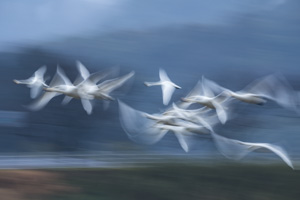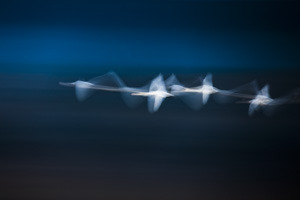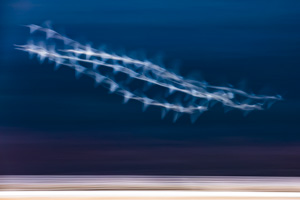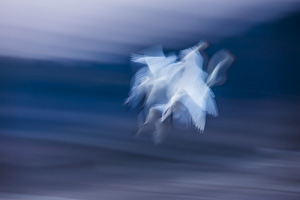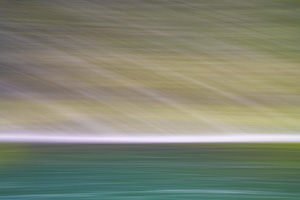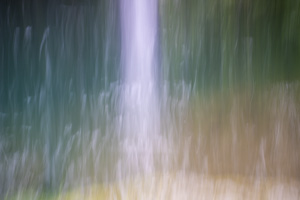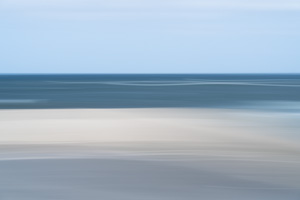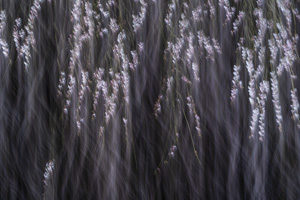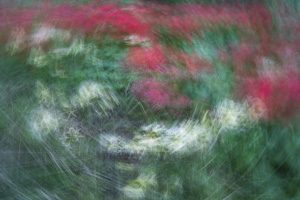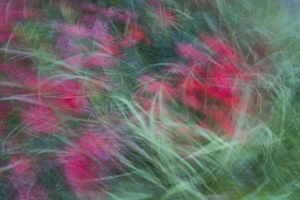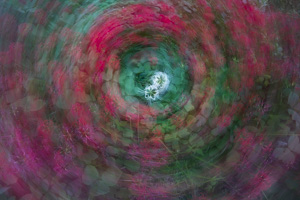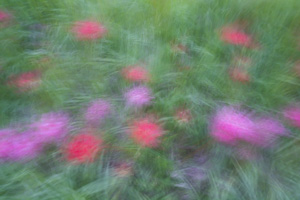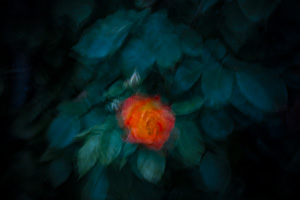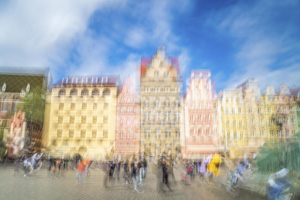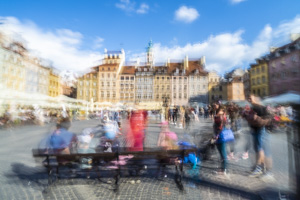ICM
It is common knowledge that photography "takes what is in front of you as it is," but ICM (Intentional camera movement) is a method of intentionally moving the camera to take blurred pictures. Until now, there have been works of ``panning'' that are taken by moving the camera, but this is a photo that is taken according to the movement of the subject. In ICM, the camera moves to take pictures of non-moving subjects, so the meaning is a little different from panning shots.
The kind of photography I try to capture with "ICM" is "afterimage. This is the view that is seen when a person suddenly shakes his or her head, and although we see this in our daily lives, it is contrary to the advantage of photography to "capture the moment," so it has been treated as a "failure" in the past. However, I feel that this "afterimage" has a beauty of "transience" and "etherealness," and that is why I am pursuing this project. HANABI" and "LED-ART" are also ICM, but since they use ICM to capture strong light, the "beauty" they seek is slightly different from that of "afterimage.
写真は「目の前にあるものをそのまま写す」のが常識ですが、ICM(Intentional camera movement)はカメラを意図的に動かしながらわざとブレた写真を撮影する方法です。これまでもカメラを動かして撮る「流し撮り」の作品はありましたが、これは被写体の動きに合わせて撮影する写真です。ICMでは動いていない被写体もカメラを動かして撮るので、流し撮りとは少し意味合いが異なります。
私が「ICM」で写そうとする写真は「残像」です。それは人が急に首を振るなどした時に見える景色で、日常生活でも見ている筈ですが、「一瞬を捉える」という写真の利点に反する写真なのでこれまでは「失敗作」として扱われていました。しかし私はこの「残像」には「移ろい」や「幽玄」な美しさがあると感じこのプロジェクトを進めています。「HANABI」や「LED-ART」もICMですが、強い光をICMで撮影するので「残像」とは少し求める「美」が異なります。

